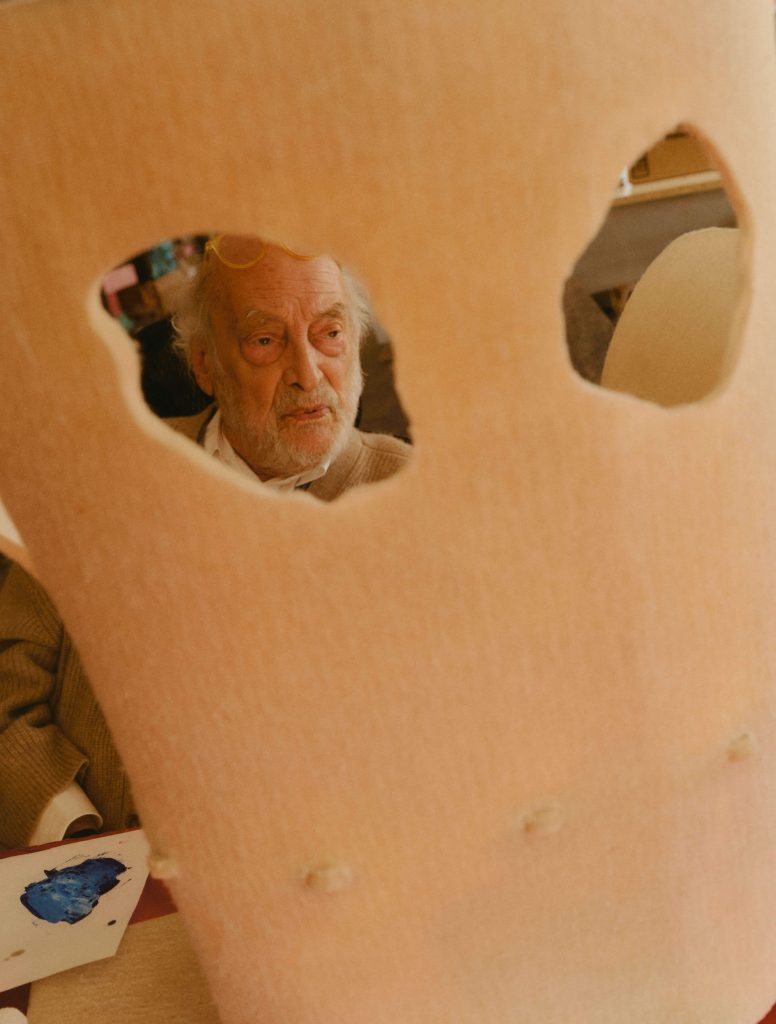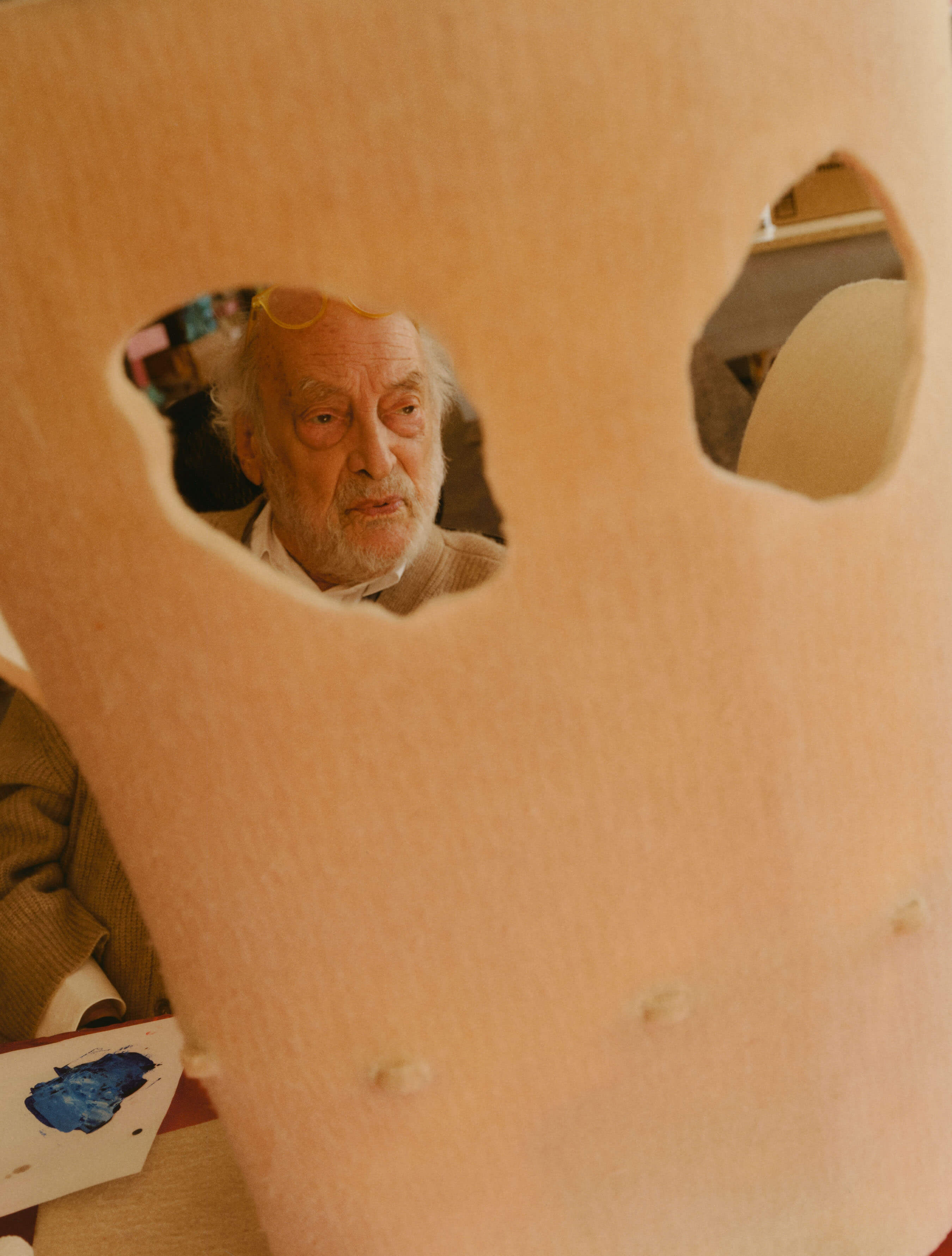
Museum Showcasing a Roof Masterfully Crafted to Imitate a Creased Sheet of Paper

# BIG’s Visionary Evolution: Transitioning from Supermarket to Denmark’s Museum of Paper
Under the guidance of **Bjarke Ingels Group (BIG)**, a former supermarket in Denmark is experiencing an extraordinary architectural transformation. This modest commercial facility is set to embrace a more artistic function as it transforms into the **Museum of Paper**, a cultural venue exclusively devoted to paper art—a crucial element of the Danish artistic heritage.
This ambitious initiative underscores the fascinating convergence of architecture and art, fusing minimalist design concepts with the expressive capabilities of paper as both a medium and an idea. Through this endeavor, **BIG** is not simply establishing a museum; it is creating a tangible representation of the material it represents. The revamped location will emerge as a cultural icon, featuring exhibits, workshops, and educational programs, while invigorating the nearby community with outdoor spaces intentionally designed to welcome visitors.
## Shaping a Paper-Inspired Vision
The design by BIG for the **Museum of Paper** is anchored in a straightforward yet impactful architectural idea—a **roof that mimics a single folded sheet of paper**. The roof gracefully extends over the original building, intertwining the old structure with fresh, functional areas. With a delicate appearance and masterful construction, the roof embodies the craftsmanship of **papercraft**, where beauty is realized through simplicity and elegance.
At first glance, the roof appears to hover over the building, evoking images of **origami**-inspired folds. “In collaboration with psaligrapher Bit Vejle, we conceived a design that perceives the building as a piece of paper,” states **David Zahle**, a partner at BIG. “The design harmonizes the original structure with new functions wrapped under one continuous form, akin to how paper is folded to form three-dimensional items.”
This ambitious design reflects the ethos of paper art itself—transforming a seemingly simple, flat medium into impactful three-dimensional forms. The roof structure encapsulates this spirit in both its appearance and functionality, providing a cohesive space that symbolizes creative artistry while fulfilling practical roles.
## BIG’s Collaboration with Paper Art
The endeavor has profound connections to Denmark’s history with paper art, which has flourished particularly in the Nordic countries. The **Museum of Paper** was established by **Bit Vejle**, a renowned **psaligrapher (paper-cut artist)**, in 2018. She imagined a dedicated venue to honor the fragile and vibrant medium of paper craft—not merely as a relic of the past but as a living tradition that continues to motivate artists worldwide. From intricate cut-outs to massive paper sculptures, the museum aims to investigate the extensive possibilities of paper.
Upon the conclusion of the supermarket’s transformation, the museum will grow to nearly **25,000 square feet** and will provide ample room not just for displays but also for workshops, storage, and office spaces. It aims to enhance Denmark’s appreciation for paper art, creating a venue where the adaptability of paper can be valued by artisans, educators, and the public alike.
## Eco-Conscious Aesthetics: Timber, Paper, and Light
A crucial factor in the design’s achievement lies in its restraint—clean lines, minimalist shapes, and a predominantly **white interior** strengthen the paper motif that flows throughout the building. According to BIG, the museum’s construction will primarily utilize **timber**, a material that aligns with the symbolic connection to paper. Both paper and wood are celebrated as renewable, natural resources, highlighting the sustainable attributes of this architectural masterpiece.
The carefully chosen timber framework will foster a tranquil, light-infused environment, while the **acoustic-regulating exterior panels** will be **origami-inspired**, delivering not just artistic style but practical advantages in sound management and aesthetic charm. The interior of the museum will also allow for flexible usage, accommodating the diverse range of exhibitions and activities that will take place within.
By blurring the lines between structure and art, the museum pays tribute to paper as a medium that fundamentally values simplicity and clarity, all while producing complex visual languages through its intrinsic material.
## A Cultural Destination for the Community
A fundamental principle of BIG’s philosophy is to create architecture that not only fulfills its primary function but also enriches the surrounding community. The museum will introduce **new exterior areas**, designed to engage the public by encouraging them to pause and explore the site. The intricate roof configuration and thoughtfully planned outdoor spaces will attract foot traffic and cultivate a hub for artistic exploration and interaction.
“Functional, aesthetic, and sustainable, this project rejuvenates an old supermarket,” asserts **Bjarke Ingels**, the visionary behind BIG. “Our design enables a floating curved roof to become the focal point—a representation of papermaking itself—while underscoring the building’s renewed function within the city.”
The **Museum of Paper** is more than merely a physical entity; it represents a bold visual proclamation.